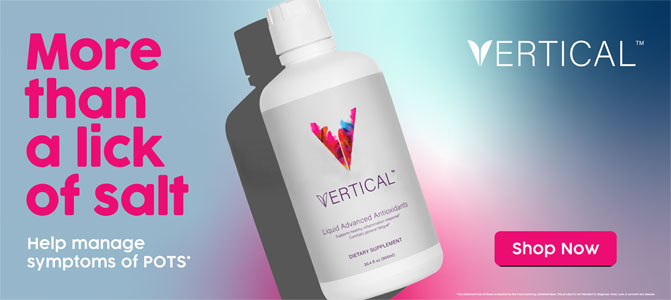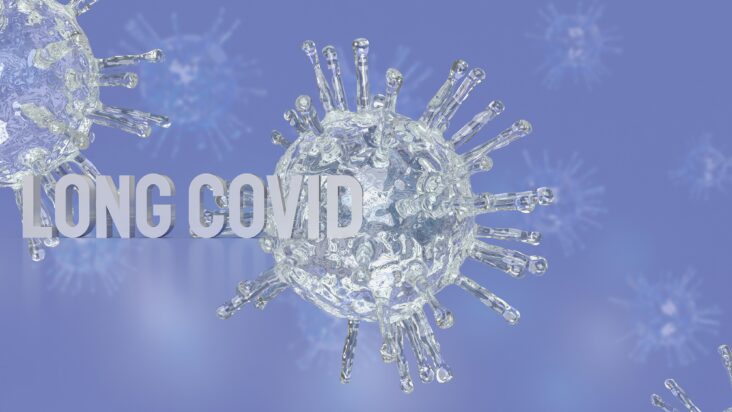Click Here to Download this Blog Post – Treatment in Long COVID Syndrome
For the most part, supportive therapy for Long-COVID symptoms is a keystone, and there is treatment for autonomic dysfunction that may be demonstrated objectively in a laboratory. As mentioned earlier, volume expanders and oral-vasoactives, in addition to fluids, electrolytes, compression garments, and various exercise techniques, have been prescribed for orthostatic intolerance symptoms . Omega-3 fatty acids and dietary supplementation have been investigated. It is believed that omega-3 s may help resolve inflammatory imbalance. L-Arginine has also been proposed as a treatment modality. Included in the L-arginine pathway is the pro duction of nitric oxide. Nitric oxide maintains or improves the health and function of endothelial cells and benefits the immune system, especially in chronic fatigue states. Various antioxidants, including zinc, have also been used empirically, but there are no controlled studies to confirm their utility. We have found alpha-lipoic acid, used as an antioxidant to relieve autonomic neuropathy in populations of patients diagnosed with type 2 diabetes mellitus, to be effective in Long-COVID patients. Electrical neuro prostheses stimulating either the parasympathetic (vagus) or sympathetic nervous system have been known to help relieve symptoms of autonomic dysfunction. All of these therapies also effect proper autonomic function to help relieve Long-COVID symptoms. Vaccination has been suggested as possibly a factor that may ease symptoms of Long COVID. In one large survey, 57% of responders reported an overall improvement in their symptoms following vaccination, and around 19% reported an overall deterioration. Mental health conditions may be treated with various psychological aides, such as cognitive behavioral therapy as well as anti-depressants, including tricyclics. Treatment of liver function abnormalities, irritable bowel syndrome, dyspepsia, and other GI symptoms is very challenging. Renal dysfunction should be followed serially, nephrotoxins avoided, and proper hydration maintained. However, from a large study of fully vaccinated people, 2.6% were found to contract the virus (labeled as “breakthrough” patients). Among 1497 fully vaccinated healthcare workers for whom RT-PCR data were available, 39 SARS-CoV-2 breakthrough infections were documented. Neutralizing antibody titers in case patients during the peri infection period was lower than those in matched uninfected controls (case-to-control ratio, 0.361; 95% confidence interval, 0.165 to 0.787). Higher peri-infection neutralizing antibody titers were associated with lower infectivity (higher Ct values). Most breakthrough cases were mild or asymptomatic, although 19% had persistent symptoms (>6 weeks). The B.1.1.7 (alpha) variant was found in 85% of samples tested. A total of 74% of case patients had a high viral load (Ct value,<30) at some point during their infection; however, of these patients, only 17 (59%) had a positive result on concurrent Ag-RDT. No secondary infections were documented. Among fully vaccinated healthcare workers, the occurrence of breakthrough infections with SARS-CoV-2 was correlated with neutralizing antibody titers during the peri-infection period. Most breakthrough infections were mild or asymptomatic, although persistent symptoms did occur.



